Study finds steelmaking by electric arc furnace in US produces up to 75% less carbon emissions
Green Car Congress
JULY 26, 2022
Steel produced by electric arc furnace (EAF) steelmakers in the US has a carbon intensity that is approximately 75% lower than traditional blast furnace steelmakers. Using an established, proven steelmaking process, EAF producers are making steel at far lower carbon-intensity levels than traditional steelmakers around the globe.


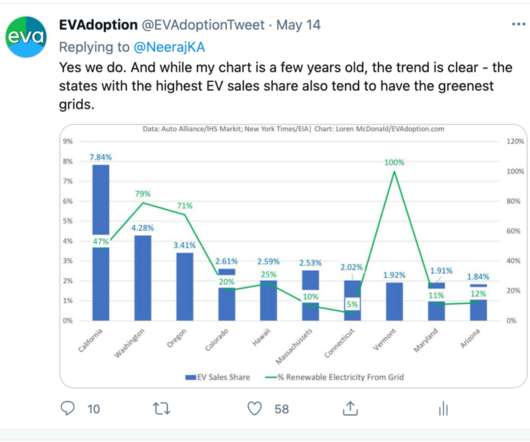
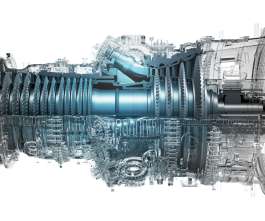


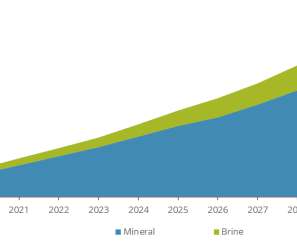

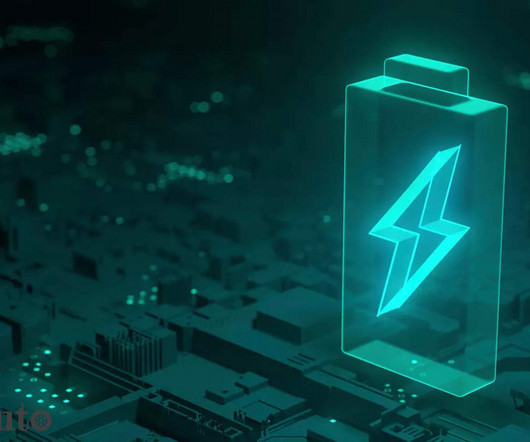
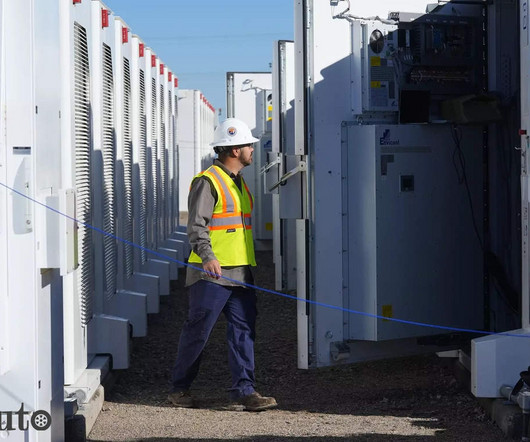


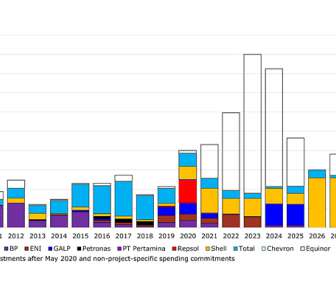








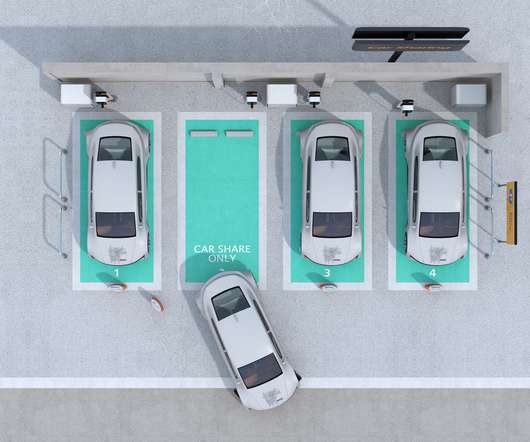



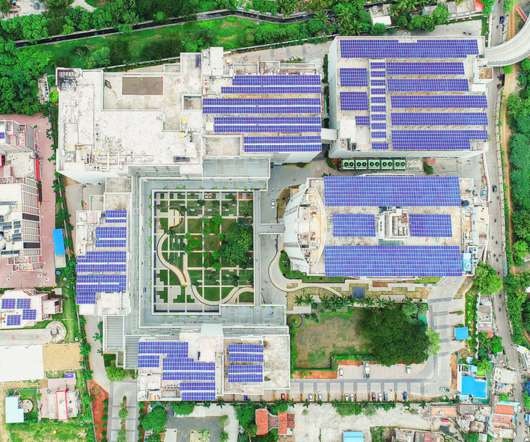















Let's personalize your content